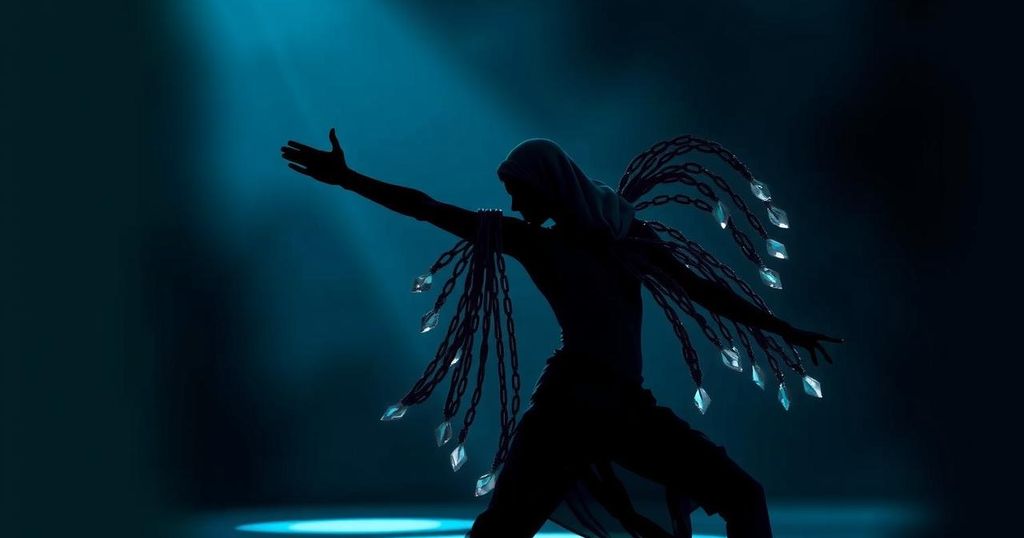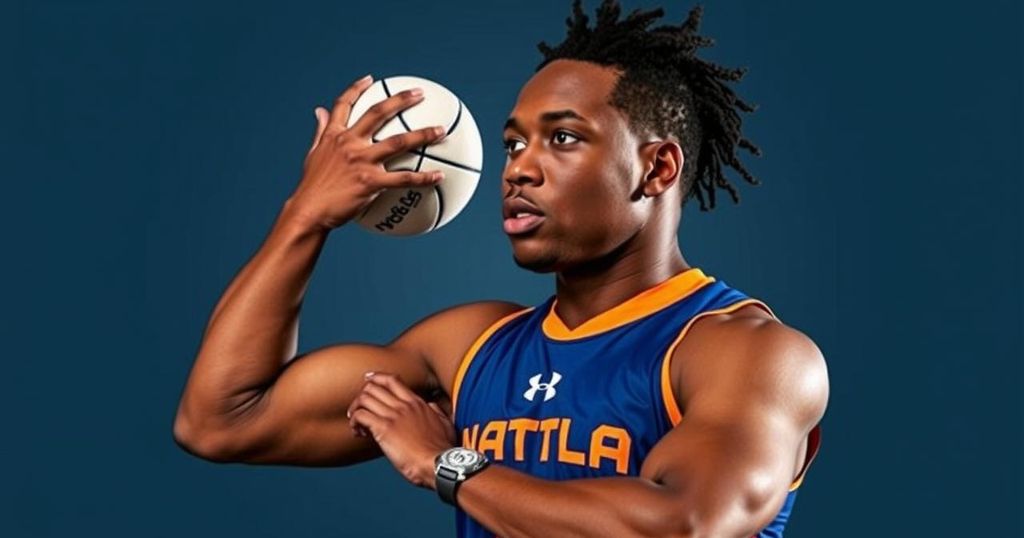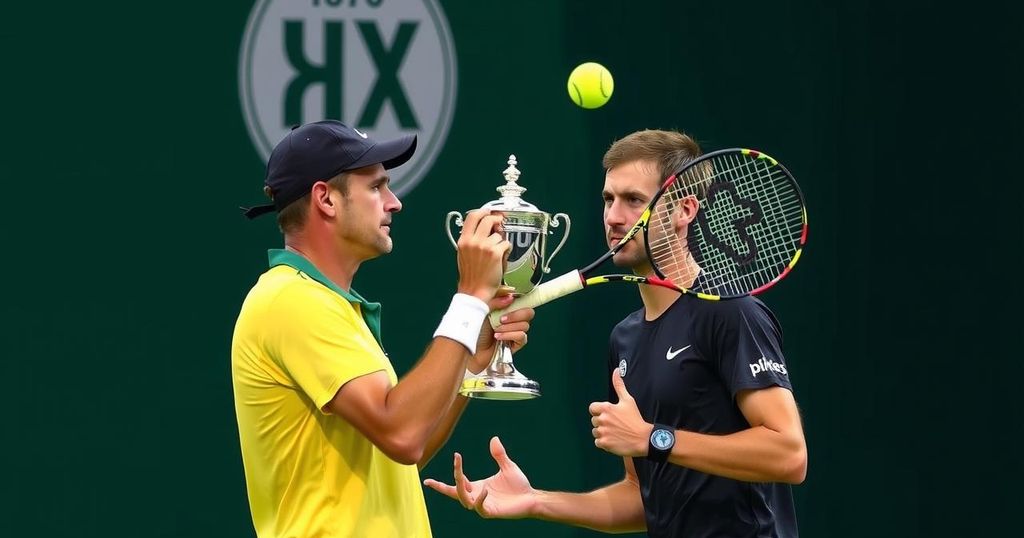Questions Arise Regarding Authenticity of Olympic Breaking Amid Controversial Performances
Summary
The Olympic debut of breaking in Paris raised significant questions about the authenticity of the dance form, highlighted by the performances of Australian b-girl Rachael Gunn and Lithuanian b-girl Dominika Banevič. Gunn’s unconventional moves and viral routines contrasted sharply with Banevič’s choice to wear a durag, resulting in accusations of cultural appropriation. Critiques from audiences and concerns about the commercialization of breaking as a sport prompted broader discussions about its cultural roots and authenticity.
At the inaugural breaking competition of the 2024 Summer Olympics in Paris, the performances of Australian b-girl Rachael Gunn, known as B-Girl Raygun, and Lithuanian competitor Dominika Banevič, referred to as B-Girl Nicka, stirred considerable debate regarding the authenticity of hip-hop culture in an Olympic context. Rachael Gunn, whose attempts at showcasing unique creativity were widely criticized, failed to advance beyond the round-robin stage, earning zero points against younger, highly skilled opponents. Her peculiar moves, including a dance labeled as ‘the kangaroo,’ sparked extensive disapproval on social media, with many viewing her performance as a misrepresentation of hip-hop and breaking artistry. Furthermore, B-Girl Nicka’s choice to wear a durag—a headpiece that is deeply rooted in Black culture—drew scrutiny, particularly due to her non-Black identity, raising allegations of cultural appropriation. Critics on social media echoed sentiments of discomfort with her use of the durag while competing, with one prominent voice stating the sight was “weird to see somebody who don’t need it for protective style or waves to be rocking the durag.” Despite this backlash, Banevič expressed respect for the pioneers of hip-hop, emphasizing the responsibility of modern dancers to honor their legacy. The controversy surrounding these performances highlighted broader concerns regarding the commercialization and potential co-opting of hip-hop culture by the Olympic framework, prompting discussions about preserving the authenticity of breaking, which has its roots in community gatherings and grassroots expressions of culture. As the event progresses, the breaking community anticipates how the b-boys will represent the discipline’s rich heritage, amidst the challenges of aligning it with the structured nature of Olympic competition.
The introduction of breaking as an Olympic sport has elicited mixed reactions regarding its representation of hip-hop culture. Breaking, which originated in the Bronx as a form of self-expression among marginalized communities, has been historically linked to Black and Latino youth culture. As breaking made its Olympic debut, discussions emerged about whether this global platform could encapsulate the art form’s essence or whether it risked dilution and commercialization. Critics highlighted specific performances that prompted conversations about authenticity, cultural appropriation, and the impact on the original spirit of breaking, a dance form celebrated for its roots in community and rebellion against societal norms.
Overall, the Olympic debut of breaking has underscored significant concerns regarding the preservation of its cultural integrity, with performances eliciting debates over authenticity and appropriateness. As breaking seeks to maintain relevance and authenticity in the competitive arena, these early incidents may serve as critical reflections for future representation of the art form. The ensuing performances by the b-boys will further illuminate these ongoing discussions.
Original Source: apnews.com








Post Comment